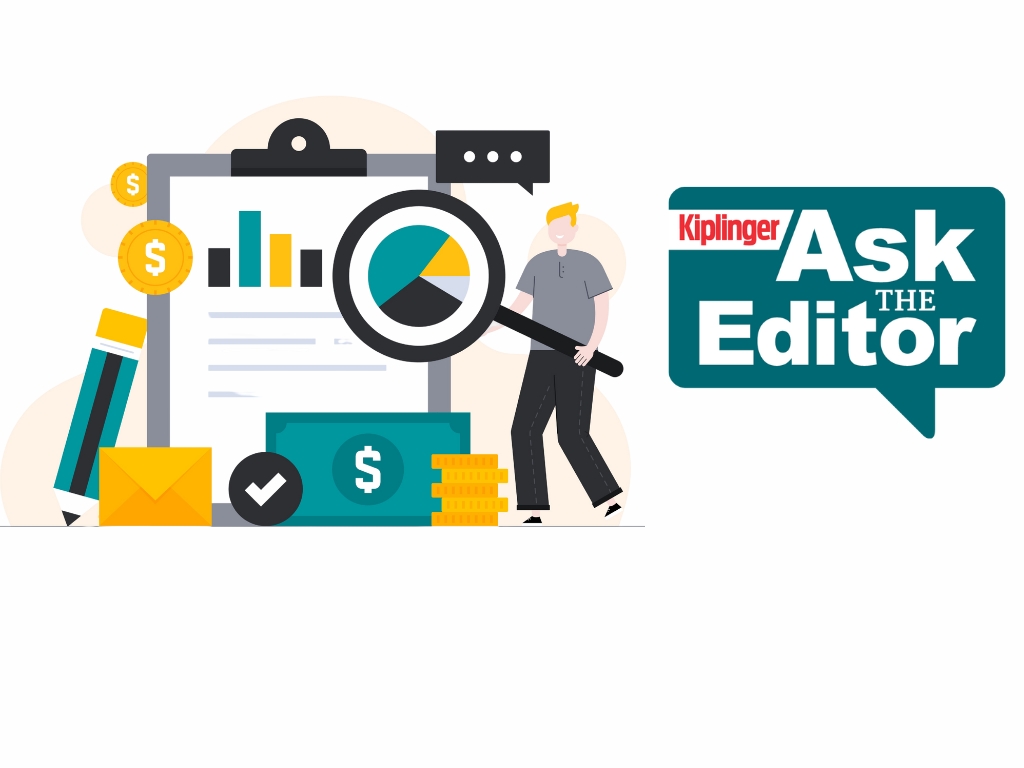Medicare for All: Promise and Perils
Incremental reforms are more likely than a complete overhaul.

While Republicans pause in their battle against Obamacare until after 2020, Democrats have again set sail toward health care reform. And the intended destination is familiar: expanding coverage for the nation’s uninsured millions while trying to rein in runaway costs. Few experts (or politicians) question the need for reform; the U.S. spends more per capita on health care than any developed nation as the life expectancy of Americans continues to decline.
One proposal—Medicare for All—has emerged as an early favorite, pocketing endorsements from presidential candidates and currently enjoying broad support among voters. But the phrase’s popularity may obscure its political weight: Medicare for All represents a radical shift to a nationalized, single-payer system that would eliminate most of the private insurance industry.
The immediate political barrier is price. Federal spending would balloon under a single-payer system by trillions; 10-year cost estimates tend to hover around $32 trillion, or a roughly 70% increase in federal expenditures. Supporters say those costs would be offset by a significant decline in the overall amount we pay under our current system. The Political Economy Research Institute at the University of Massachusetts Amherst estimates that having a single entity pay and process all care would cut administrative costs dramatically. Plus, having a nationalized system’s huge insurance pool could cut drug and treatment costs by giving the government stronger bargaining power with care providers, allowing it to establish standardized prices and an annual systemwide spending cap. Still, the plan would require a significant tax hike, whether it’s an increase in payroll taxes, a new national sales tax, a wealth tax or a medley of tax increases.
From just $107.88 $24.99 for Kiplinger Personal Finance
Become a smarter, better informed investor. Subscribe from just $107.88 $24.99, plus get up to 4 Special Issues

Sign up for Kiplinger’s Free Newsletters
Profit and prosper with the best of expert advice on investing, taxes, retirement, personal finance and more - straight to your e-mail.
Profit and prosper with the best of expert advice - straight to your e-mail.
Bumping into political reality. Many health economists are open to the idea of substantial reform, but “politically, it’s just not realistic,” says Ellen Meara, a health economist at Dartmouth College. Medicare for All would dissolve a trillion-dollar industry that employs half a million people and covers about 250 million beneficiaries. “The level of satisfaction with private coverage is quite high,” says Kristine Grow, of America’s Health Insurance Plans, a health insurance trade association and advocacy group.
Incremental changes that would extend health care coverage may be more politically and economically palatable. One option is to expand existing programs, such as allowing people as young as 50 to buy into Medicare. A public option would create a federal insurance provider that would compete with private insurers rather than replace them. Medicare for America, introduced in the House in late 2018, would start with a public option but automatically enroll newborns in the system, gradually growing the insurance pool over time and moving toward a single-payer system.
In the meantime, it’s not clear how well voters understand the breadth of change promised by Medicare for All. While 74% of Americans surveyed in January by the Kaiser Family Foundation said they supported a national, government-administered health plan open to all, only 37% endorsed eliminating private insurance. Approaching 2020, expect voters to get a crash course in health care options.
Profit and prosper with the best of Kiplinger's advice on investing, taxes, retirement, personal finance and much more. Delivered daily. Enter your email in the box and click Sign Me Up.

-
 Ask the Editor: How to Get Ready for Tax Filing Season
Ask the Editor: How to Get Ready for Tax Filing SeasonAsk the Editor In this week's Ask the Editor Q&A, Joy Taylor answers questions on the IRS tax filing season and your 2025 tax return
-
 4 Simple 2026 Money Targets to Aim For (And How to Hit Them)
4 Simple 2026 Money Targets to Aim For (And How to Hit Them)While January is the perfect time to strengthen your financial well-being, you're more likely to succeed if you set realistic goals and work with a partner.
-
 Everyone Needs an Estate Plan (Seriously, Even You)
Everyone Needs an Estate Plan (Seriously, Even You)If you've acquired assets over time, even just a home and some savings, you have an estate. That means you need a plan for that estate for your beneficiaries.
-
 9 Types of Insurance You Probably Don't Need
9 Types of Insurance You Probably Don't NeedFinancial Planning If you're paying for these types of insurance, you may be wasting your money. Here's what you need to know.
-
 Amazon Resale: Where Amazon Prime Returns Become Your Online Bargains
Amazon Resale: Where Amazon Prime Returns Become Your Online BargainsFeature Amazon Resale products may have some imperfections, but that often leads to wildly discounted prices.
-
 Roth IRA Contribution Limits for 2026
Roth IRA Contribution Limits for 2026Roth IRAs Roth IRAs allow you to save for retirement with after-tax dollars while you're working, and then withdraw those contributions and earnings tax-free when you retire. Here's a look at 2026 limits and income-based phaseouts.
-
 Four Tips for Renting Out Your Home on Airbnb
Four Tips for Renting Out Your Home on Airbnbreal estate Here's what you should know before listing your home on Airbnb.
-
 Five Ways to a Cheap Last-Minute Vacation
Five Ways to a Cheap Last-Minute VacationTravel It is possible to pull off a cheap last-minute vacation. Here are some tips to make it happen.
-
 How Much Life Insurance Do You Need?
How Much Life Insurance Do You Need?insurance When assessing how much life insurance you need, take a systematic approach instead of relying on rules of thumb.
-
 When Does Amazon Prime Day End in October? Everything We Know, Plus the Best Deals on Samsonite, Samsung and More
When Does Amazon Prime Day End in October? Everything We Know, Plus the Best Deals on Samsonite, Samsung and MoreAmazon Prime The Amazon Prime Big Deal Days sale ends soon. Here are the key details you need to know, plus some of our favorite deals members can shop before it's over.
-
 How to Shop for Life Insurance in 3 Easy Steps
How to Shop for Life Insurance in 3 Easy Stepsinsurance Shopping for life insurance? You may be able to estimate how much you need online, but that's just the start of your search.